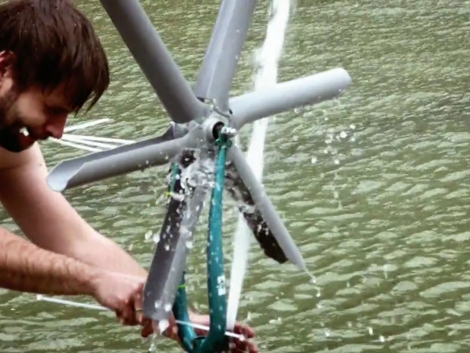[Bill Porter] has joined in the pursuit of an inexpensive yet effective way to monitor his power usage. He calls his project the Not So Tiny Power Meter, and shared both his successes and follies involved in seeing it through to implementation. There are problems; sizing issues with enclosures and his PCB, issues with noise when measuring low-current signals with the clamps, and even some wireless communications issues. But it looks like he’s got the system running despite these hurdles. Right now it streams data wirelessly so that he can display the current energy consumption, but he plans to add Google Power Meter functionality next.
We’ve seen commercial units using the same sensing principles that have been hacked to show data online.

















